Creating a Business Plan: Thrifted Wear and Sustainable Fashion Retail
VerifiedAdded on 2023/06/18
|9
|988
|335
AI Summary
This business plan details the launch of Thrifted Wear, a retail company specializing in sustainable fashion through the reuse of pre-owned clothing. Registered as a partnership firm, Thrifted Wear aims to address the fast-changing fashion landscape by providing durable, redesigned clothing, reducing waste, and promoting resource conservation. The plan covers various aspects, including the company's passion-driven approach focused on caring for others, its experienced management team, and its staffing requirements. Strategically located in North Sydney with an online presence, Thrifted Wear differentiates itself through high-quality, reusable resources, offering trendy, customized apparel at affordable prices. The plan identifies potential risks, such as competition and product acceptance, and outlines risk management strategies, including insurance coverage and proactive marketing. The production process involves collecting and repurposing pre-owned fabrics, ensuring quality control through methods like Six Sigma and TQM. The action plan includes sourcing materials, securing funding, conducting market research, and implementing promotional activities to establish Thrifted Wear as a leader in sustainable fashion.
1 out of 9


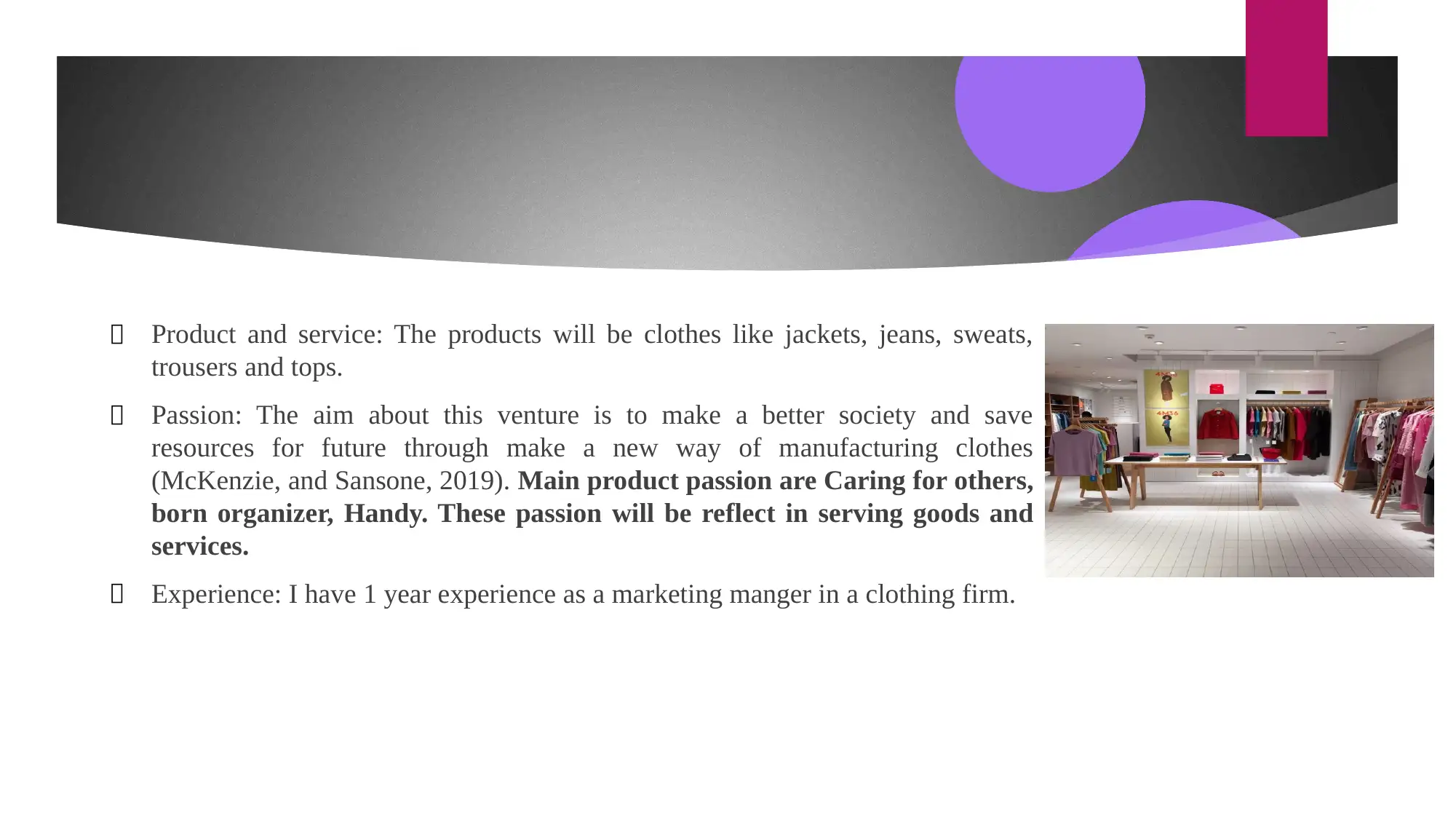

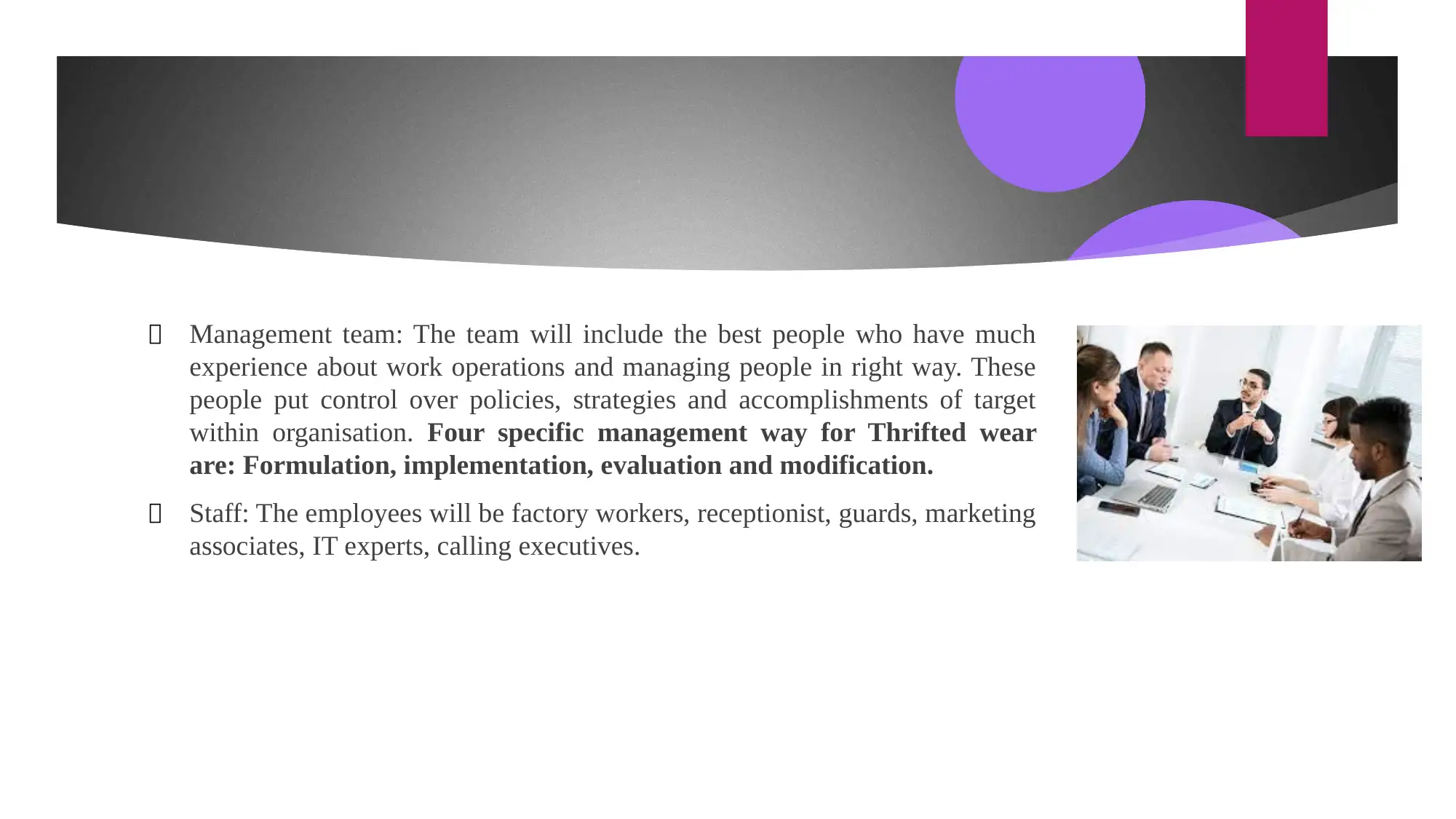
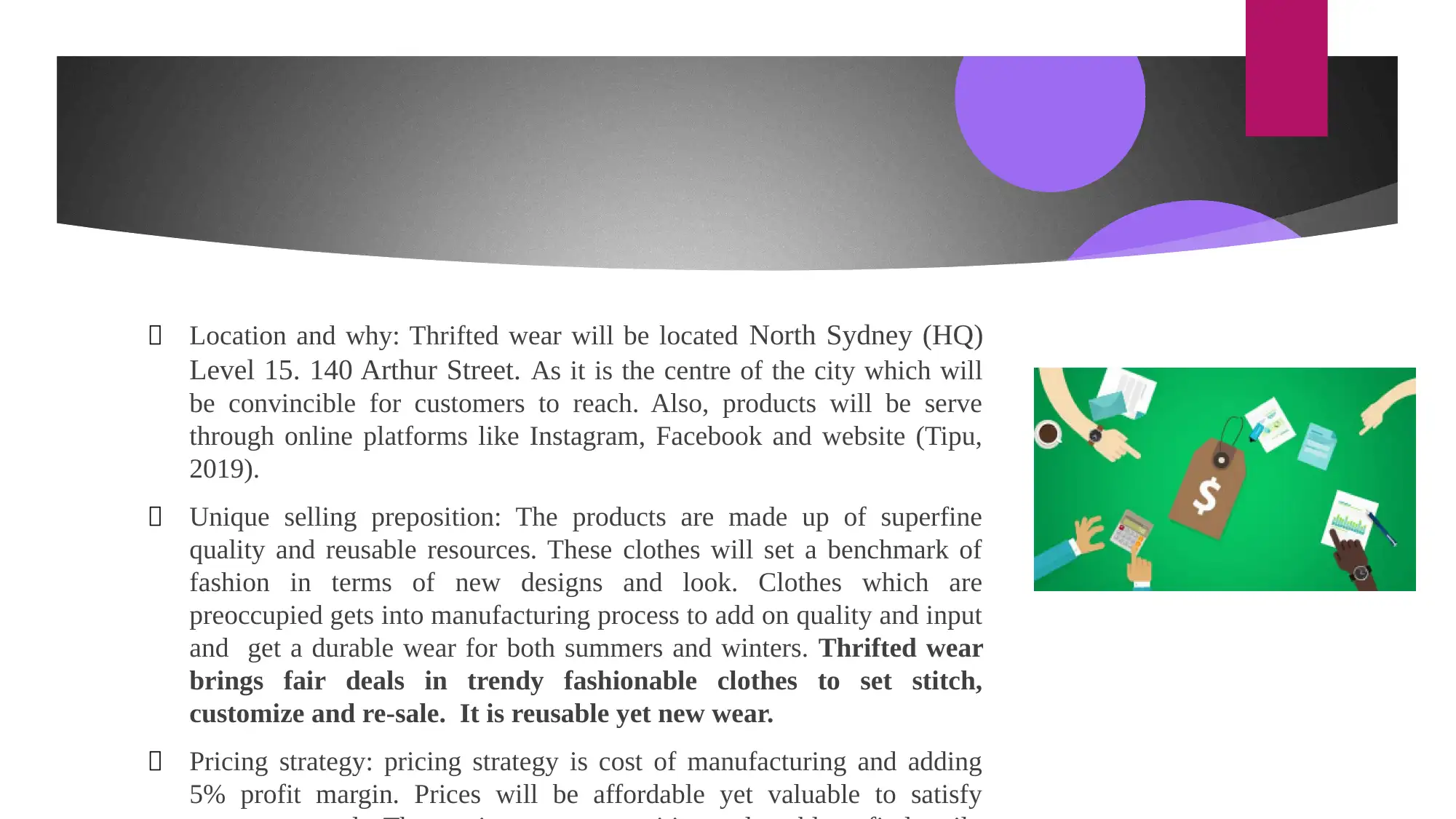
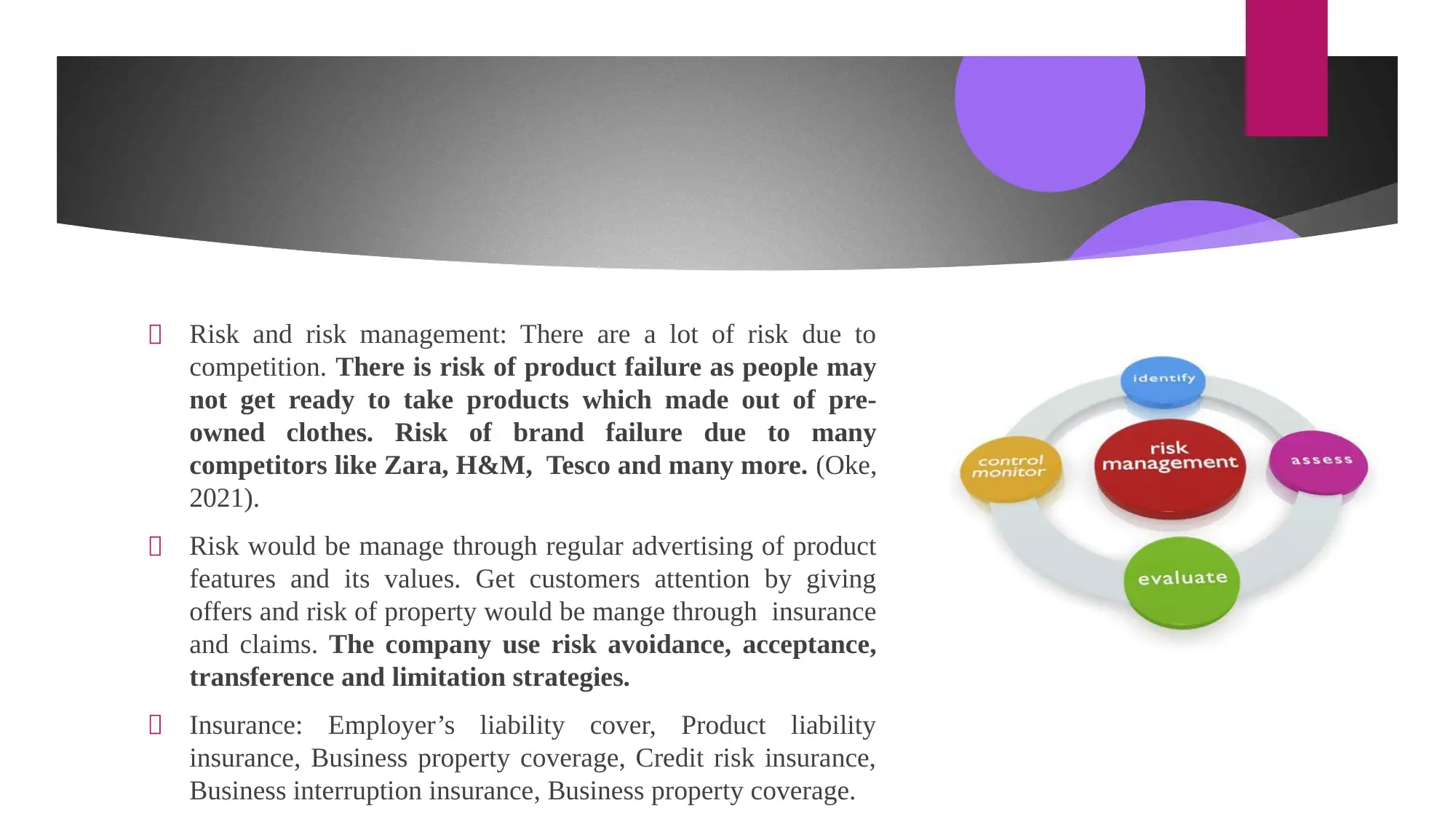

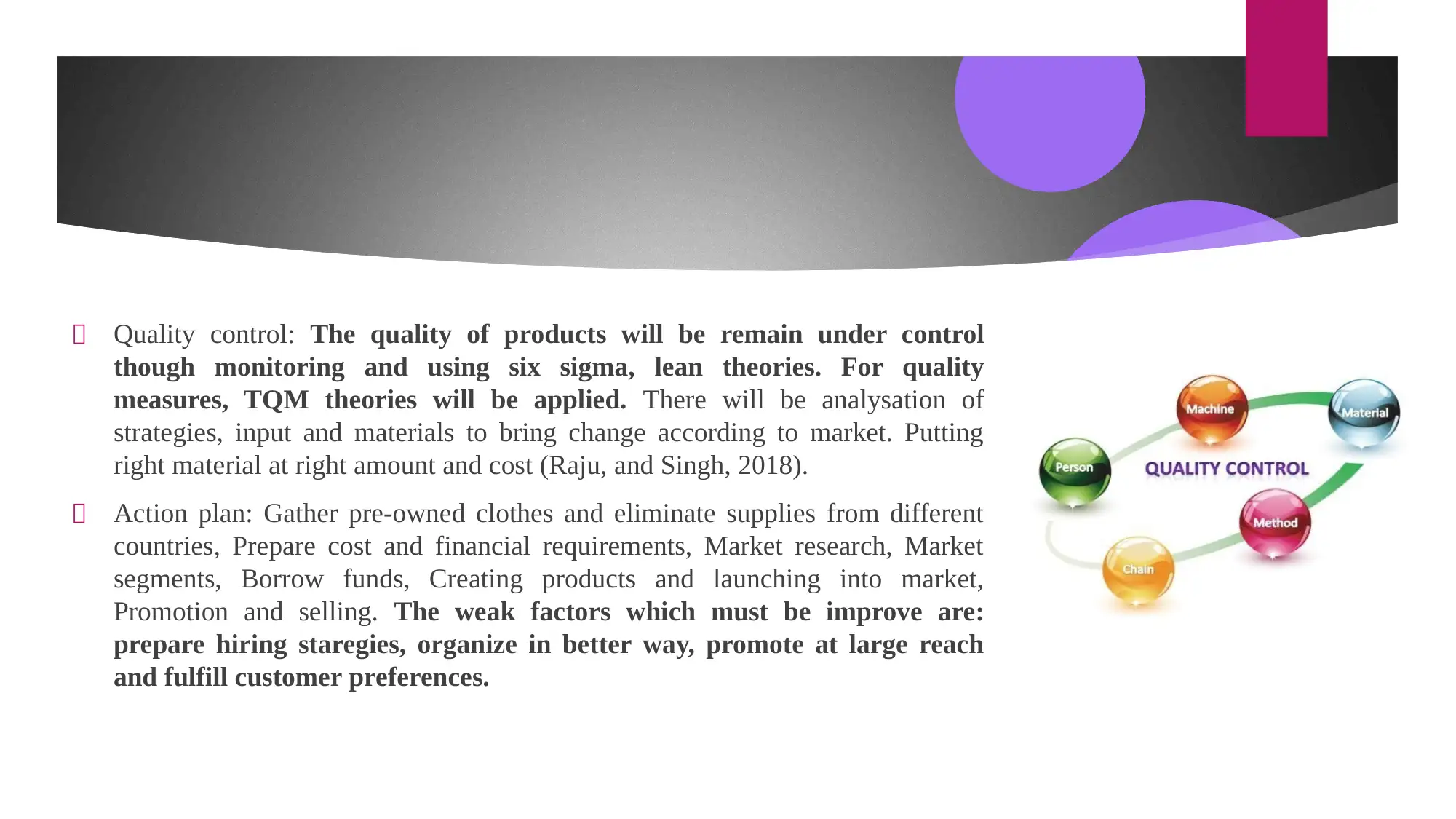
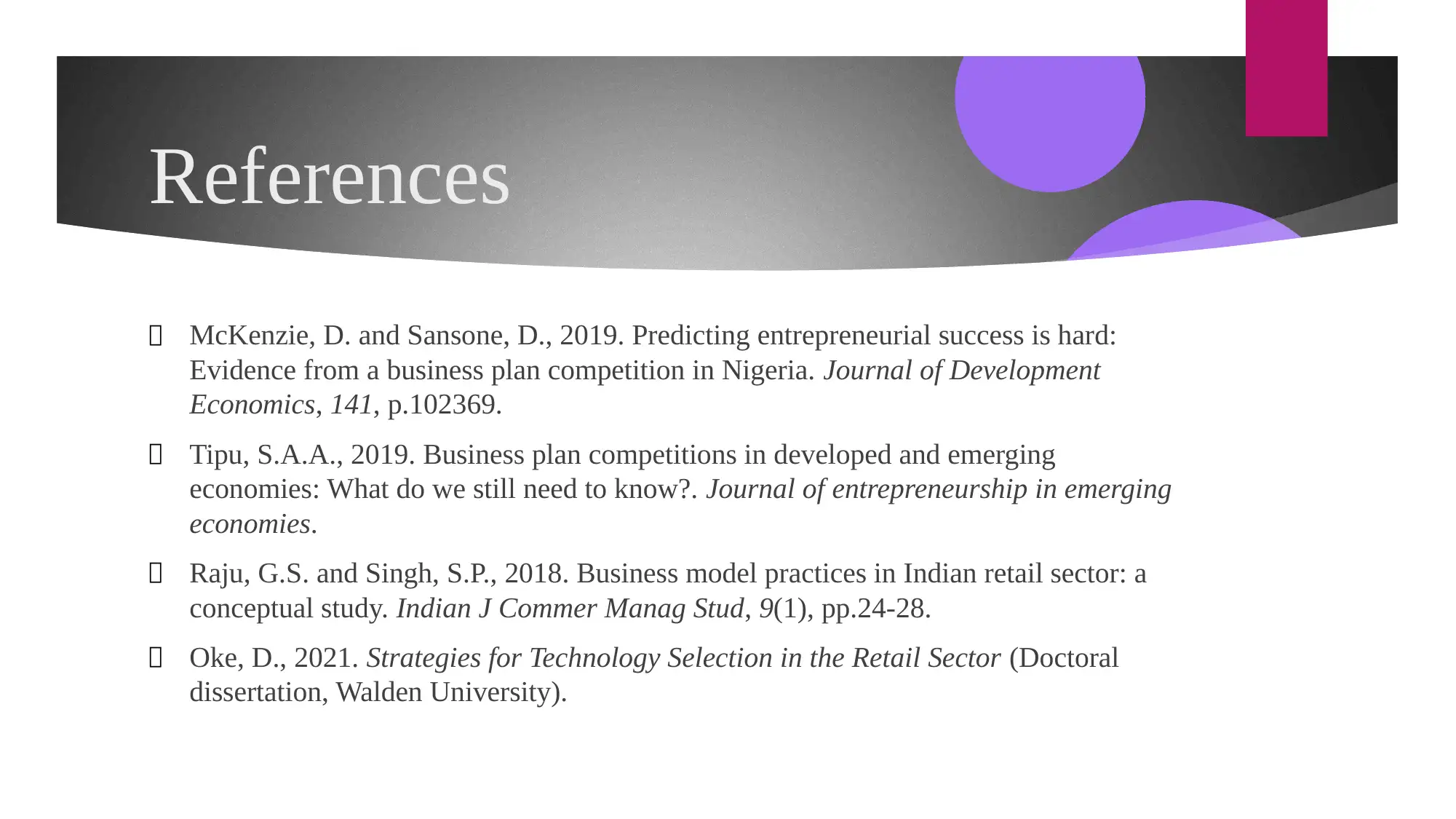






![[object Object]](/_next/static/media/star-bottom.7253800d.svg)